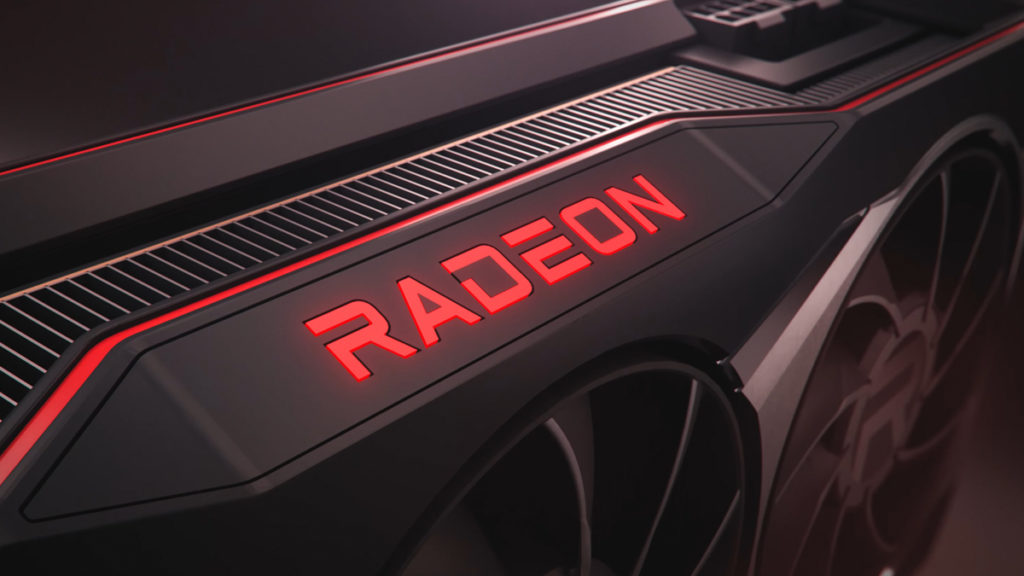
A new rumor states that AMD could drop the RDNA branding following AMD RDNA4 and the upcoming generation is more of a “bug fix” for the prior. It’s no secret that while RDNA3 has performed admirably at stock settings, it hides a ravenous appetite for power when overclocked. RDNA3 has also continued to show weakness when faced with ray tracing workloads in gaming, something that NVIDIA continues to make strides with and dGPU newcomer Intel looks to be gaining ground in as well. Hardware information leaker ‘wjm47196’ said the following regarding AMD RDNA 4 and its successor.
Wjm47196 (machine translated via Chiphell):
“Rdna3 actually did not meet its own performance expectations due to some reasons, causing the large core frequency power consumption curve to get out of control, including but not limited to verification of on-chip interconnection for the mi series and sharing of R&D costs. The original double 192m if cache was also canceled due to cost and power consumption issues. Rdna5 will be a clean sheet design similar to the zen series (or even change the name? Not sure), so it is necessary to open up the gap of rdna4 and fully conduct a case study and r&d. Rdna4 is just a bug fix similar to rdna3, so the performance is still as expected and the best, which is comparable to 79xt. However, the ray tracing aspect is still improved. In addition, regarding the AI software, it is said that Xilinx is starting to With the intervention of rocm, the construction of the entire ecology of rocm is now the top priority for…”
Overclocking RDNA3
Almost a year ago to the day a poster on Reddit showed a Radeon RX 7900XTX with unlocked power limits nearly overclocked by 1 GHz bringing up to 3,467 MHz. However, while doing so allowed the flagship card to get within reach of NVIDIA’s GeForce RTX 4090 it increased TDP from 355W to 696W. Both cards are known to be power-hungry when with extreme overclocking but the RX 7900XTX showed a greater need for power vs performance by comparison.
This trend has continued even with AMD’s latest 7900 GRE release where simply overclocking the card saw a 37% disparity in power draw vs the nearest NVIDIA overclocked counterpart, the GeForce RTX 4070 Super. It is worth noting though that there is some give and take with RDNA3 since it has launched typically lower prices than its competitor and when overclocked it can still be cooled efficiently. Even the aforementioned RX 7900XTX was able to be tamed with a custom loop instead of LN, something usually used in extreme overclocking tests.
The above rumor indicates that AMD is acutely aware of this power curve issue and was also a contributing factor to the cancellation of NAVI 41 which would have been its next flagship card. This rumor also aligns with another from last week which claimed that AMD RDNA4 could get a reworked ray tracing solution but adds AMD is using its recently acquired Xilinx team to create its new AI software called Radeon Open Compute Platform (ROCm).
RDNA5
So, not too surprisingly since it is likely to be at least a year down the road before its release, the rumor about RDNA5 was more scarce in its details. It hints that AMD could be considering ditching the RDNA5 branding but will monitor how RDNA4 performs as a metric for keeping the name. AMD could be working on a completely new architecture with RDNA5, as it did when it launched its Zen series, which also may play a factor in naming.
